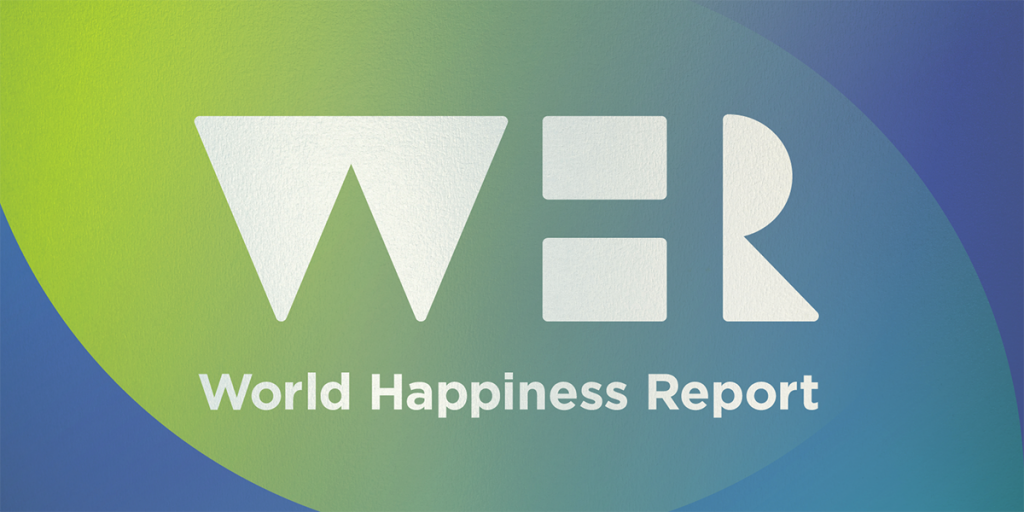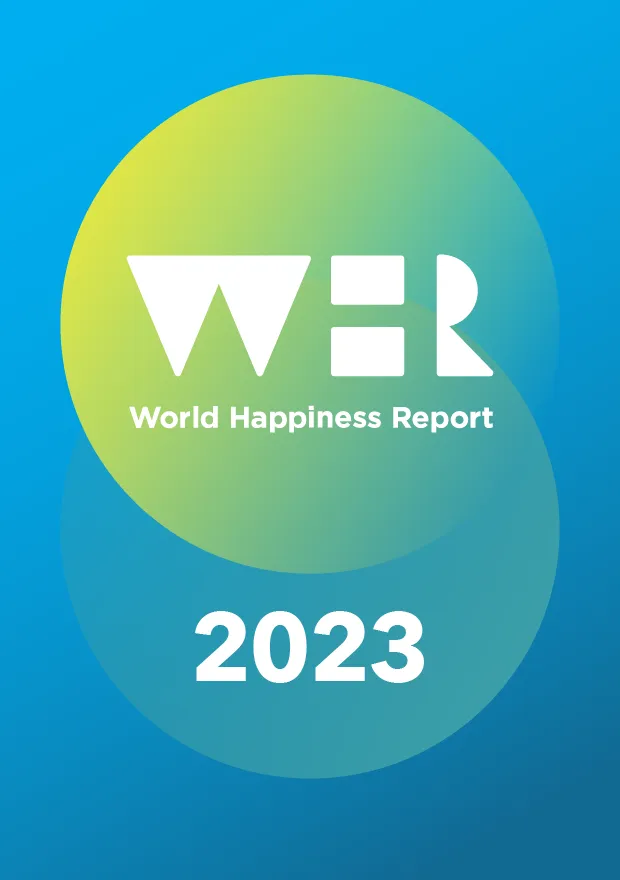Ten years after the first International Day of Happiness, measuring and advancing well-being seen as priority
Since the publication of the first World Happiness Report in 2012, there is a growing consensus that happiness can be promoted through public policies and the actions of business and civil society. Moreover, happiness and well-being can be usefully measured in a number of ways, including through surveys of people’s satisfaction with their lives.
The World Happiness Report research leverages six key factors to help explain variation in self-reported levels of happiness across the world: social support, income, health, freedom, generosity, and absence of corruption. Governments are increasingly using this analysis to orient policies towards happiness.
This year’s Happiness Report also shows that despite several overlapping crises, most populations around the world continue to be remarkably resilient, with global life satisfaction averages in the COVID-19 years 2020-2022 just as high as those in the pre-pandemic years.
The first International Day of Happiness was celebrated 10 years ago on 20 March 2013. Since then, people all over have recognized not only the importance of measuring happiness and well-being but have made gains to support public and private policies to help promote it.
“The ultimate goal of politics and ethics should be human well-being,” said Jeffrey Sachs. “The happiness movement shows that well-being is not a ‘soft’ and ‘vague’ idea but rather focuses on areas of life of critical importance: material conditions, mental and physical wealth, personal virtues, and good citizenship. We need to turn this wisdom into practical results to achieve more peace, prosperity, trust, civility – and yes, happiness – in our societies.”
Finland remains in the top position for the sixth year in a row. Lithuania is the only new country in the top twenty, up more than 30 places since 2017. War-torn Afghanistan and Lebanon remain the two unhappiest countries in the survey, with average life evaluations more than five points lower (on a scale running from 0 to 10) than in the ten happiest countries.
The report takes a closer look at the trends of how happiness is distributed, in many cases unequally, among people. It examines the happiness gap between the top and the bottom halves of the population. This gap is small in countries where almost everyone is very unhappy, and in the top countries where almost no one is unhappy. More generally, people are happier living in countries where the happiness gap is smaller. Happiness gaps globally have been fairly stable, although there are growing gaps in many African countries.
The World Happiness Report is a publication of the Sustainable Development Solutions Network, powered by the Gallup World Poll data. The report is supported by the Fondazione Ernesto Illy; illycaffè; Davines Group; Unilever’s largest ice cream brand, Wall’s; The Blue Chip Foundation; The William, Jeff, and Jennifer Gross Family Foundation; The Happier Way Foundation, and The Regeneration Society Foundation.



